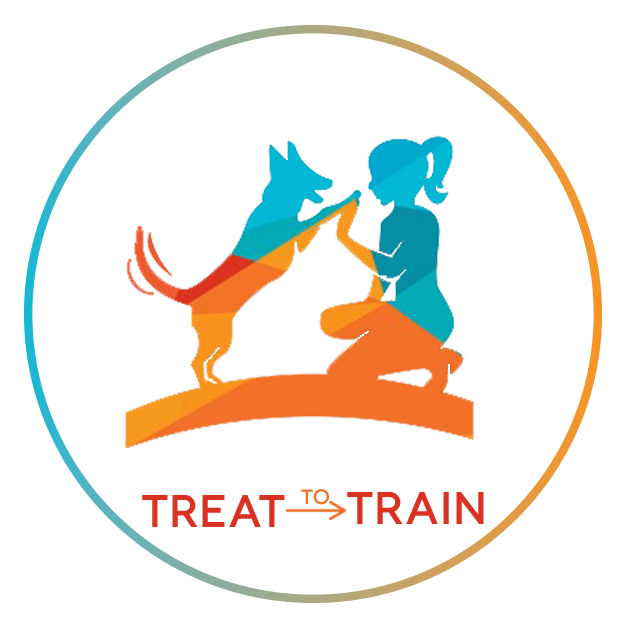Understanding the Factors That Influence Learning in Dogs
Dogs have remarkable cognitive abilities, but not all dogs learn at the same pace or with the same ease. A recent study examined factors that impact a dog’s ability to learn a hand-touch task, revealing key insights into breed differences, training history, reward preferences, and owner experience. These findings are critical for trainers and dog owners looking to improve their training approach and better understand their canine companions.
The Study: Investigating Learning Success in Dogs
Researchers conducted a study on 150 purebred dogs to determine what influences a dog’s ability to successfully complete a hand-touch learning task. The task involved dogs touching their owner’s hand in response to cues, with food used as reinforcement. Dogs had three days to complete the task, and their success or failure was analyzed based on factors such as age, breed, previous training, reward responsiveness, and their owner’s experience with dogs.
Key Findings
Age Matters: Older dogs were more likely to struggle with the task, highlighting potential cognitive declines that affect learning and adaptation to new tasks.
Food Motivation is Crucial: Dogs with a higher responsiveness to food were significantly more successful in learning the task. Those trained primarily with non-food rewards struggled more.
Breed Differences Play a Role: While breed clades (such as working or companion breeds) did not directly determine success, certain breeds showed better performance due to their natural tendencies and previous training exposure.
Training History Impacts Learning: Dogs that had prior exposure to structured training, particularly in sports or obedience, were more successful than those without such experiences.
Owner Experience Matters: Dogs with owners who had prior experience training multiple dogs had a higher success rate, suggesting that experienced handlers provide better cues and reinforcement strategies.
Implications for Training
These findings underscore several important takeaways for dog training:
Use High-Value Rewards: Food remains the most effective reinforcer for many dogs, and selecting appropriate, motivating treats can enhance training success.
Start Training Early: Younger dogs generally learn more quickly, so introducing structured training as early as possible is beneficial.
Recognize Breed-Specific Learning Styles: Some breeds may need more motivation, patience, or structured guidance to succeed in training.
Owners Should Improve Their Training Skills: Learning about reward timing, reinforcement techniques, and canine cognition can significantly improve a dog's ability to learn.
Final Thoughts
This study provides valuable insights into why some dogs struggle with training while others excel. Understanding the role of breed, age, reward preferences, and owner experience can help trainers tailor their methods for better outcomes. By being mindful of these factors, dog owners can create more effective training programs that cater to their dog's unique needs and abilities.
Article: Azadian, A., & Protopopova, A. (2025). Factors Influencing a Hand-touch Learning Task Outcome in the Domestic Dog (Canis lupus familiaris). Applied Animal Behaviour Science, 106522.

